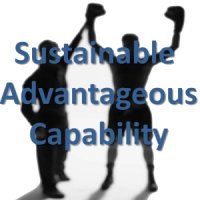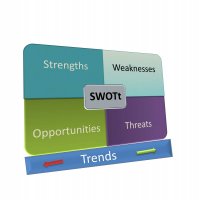How things are done, processes, the building blocks of business are changing. You build successful organizations by building processes(sets of activities and decisions to achieve specific goals) but now it's even more important that you optimize the people, technology and analytics in these processes if you want a successful result (and more literally, if you want to survive). This is increasingly complicated by the fact that many processes, especially those involving the product or service delivery cycle, involve and flow through multiple organizations. The technology enables it and makes it far easier than ever but the people issues and choices are more crucial and complex than ever before. Although some industries have barely been touched as the impact is uneven across industries, it is spreading rapidly and the need to effectively manage these processes across organizations will soon be pervasive.
Many of the causes are self-evident and include the following:





























